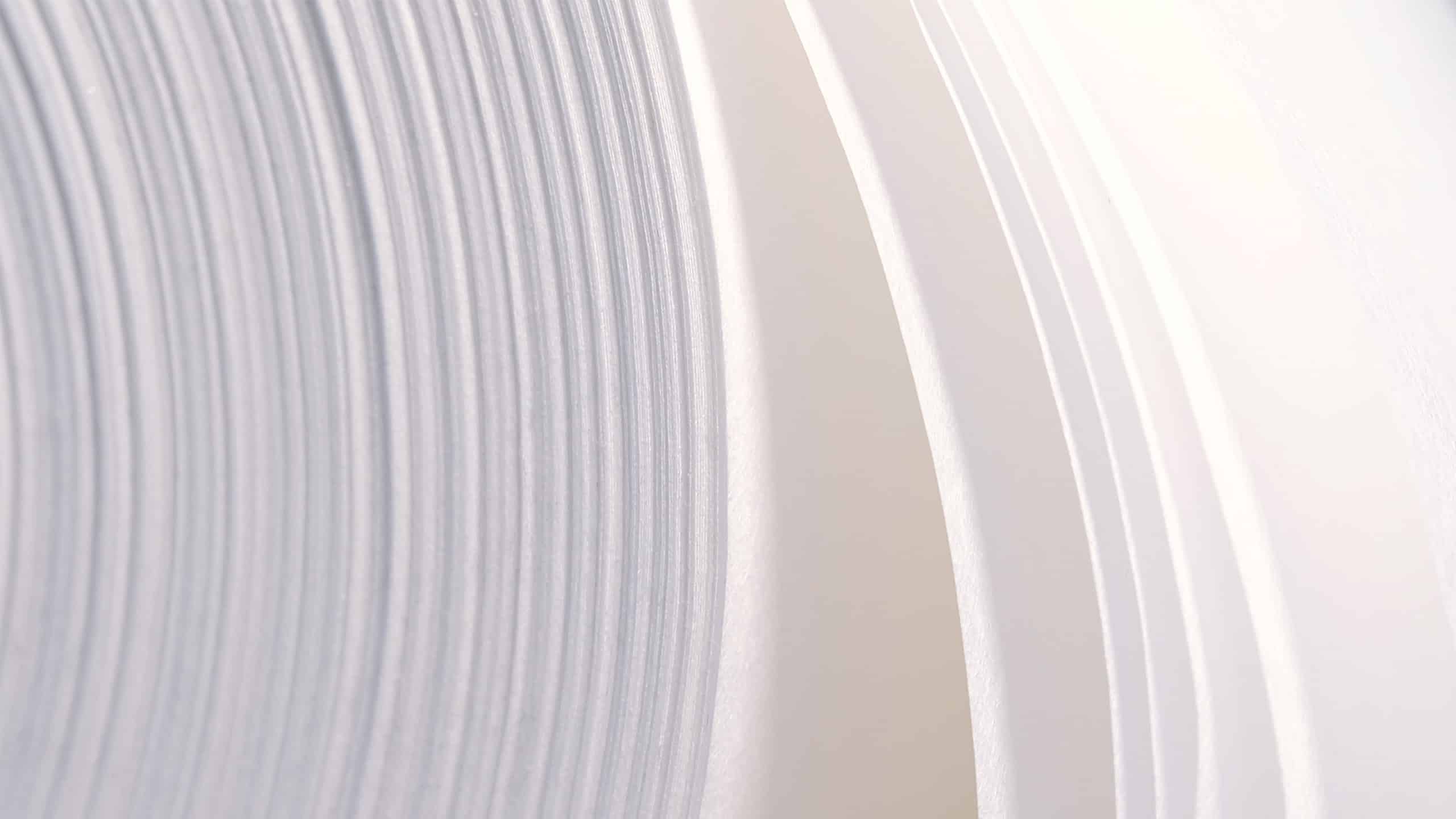Sustainable packaging for businesses

What are the key benefits of sustainable packaging for businesses?
Sustainable packaging has become a cornerstone for businesses aiming to reduce their environmental footprint. By adopting eco-friendly packaging solutions, companies can significantly minimize the impact of plastic waste on the environment. According to the European Environment Agency, recycling in Europe has been on a substantial rise, emphasizing the importance of sustainable practices. Economically, sustainable packaging offers long-term cost savings. Investing in recyclable and reusable materials reduces the need for continuous production of single-use plastics. Additionally, businesses that prioritize sustainability often see enhanced brand loyalty and customer trust, as consumers increasingly favor companies that demonstrate environmental responsibility. This shift is supported by the Confederation of European Paper Industries (CEPI), which underscores the economic benefits of sustainable practices.
How does Paptic’s fibre-based material stand out in the packaging industry?
Paptic’s fibre-based materials are revolutionizing the packaging industry by providing a viable alternative to plastic. Our unique material combines the strengths of paper, plastic, and textiles, offering a solution that is not only eco-friendly but also highly functional. Unlike traditional fibre-based options, Paptic materials are known for their durability and flexibility, making them ideal for a wide range of applications, from retail bags to e-commerce packaging. What truly sets Paptic apart is the combination of recyclability and user experience. Our materials offer a silent and soft touch, enhancing the consumer interaction with packaged products. Supported by reliable data, Paptic materials have been shown to reduce plastic waste significantly, aligning with the European Parliament’s goals for a circular economy and sustainable growth.
What role does responsible forestry play in sustainable packaging?
Responsible forestry is fundamental to the production of sustainable fibre-based materials. It ensures that the wood fibres used in packaging are sourced from forests managed sustainably, preserving biodiversity and maintaining ecological balance. CEPI highlights the role of sustainable forest management in reducing carbon emissions and fostering renewable resource cycles. By supporting responsible forestry, companies contribute to the overall health of global forests. This practice ensures that the resources used in packaging are replenished, promoting a sustainable cycle that benefits both the environment and the economy. The impact of responsible forestry extends beyond environmental benefits, as it also supports local communities and economies reliant on forestry activities.
How can businesses transition to sustainable packaging effectively?
Transitioning to sustainable packaging requires a strategic approach. Businesses should start by assessing their current packaging needs and identifying areas where fibre-based solutions can be integrated. Collaboration with suppliers and stakeholders is crucial to ensure a seamless transition while maintaining supply chain efficiency. One effective strategy is to implement pilot projects that test the performance and cost-effectiveness of sustainable materials in real-world applications. This approach allows businesses to gather data and make informed decisions. Additionally, engaging in partnerships with organizations that advocate for sustainable practices can provide valuable insights and support. Case studies from companies that have successfully transitioned can serve as practical examples and inspiration.
What are the common misconceptions about fibre-based packaging solutions?
Despite the growing popularity of fibre-based packaging, several misconceptions persist. One common myth is that such materials are not as durable as plastic. However, advancements in material science have led to the development of fibre-based solutions that rival the strength and resilience of traditional plastics, as evidenced by Paptic’s innovative products. Another misconception is that fibre-based packaging cannot be used for all applications. While it is true that not all packaging needs can be met with a single material, fibre-based options have proven versatility across various industries, including food, retail, and e-commerce. It is essential to acknowledge the realistic limitations of fibre-based packaging while focusing on its potential to significantly reduce environmental impact and support sustainable business practices.
